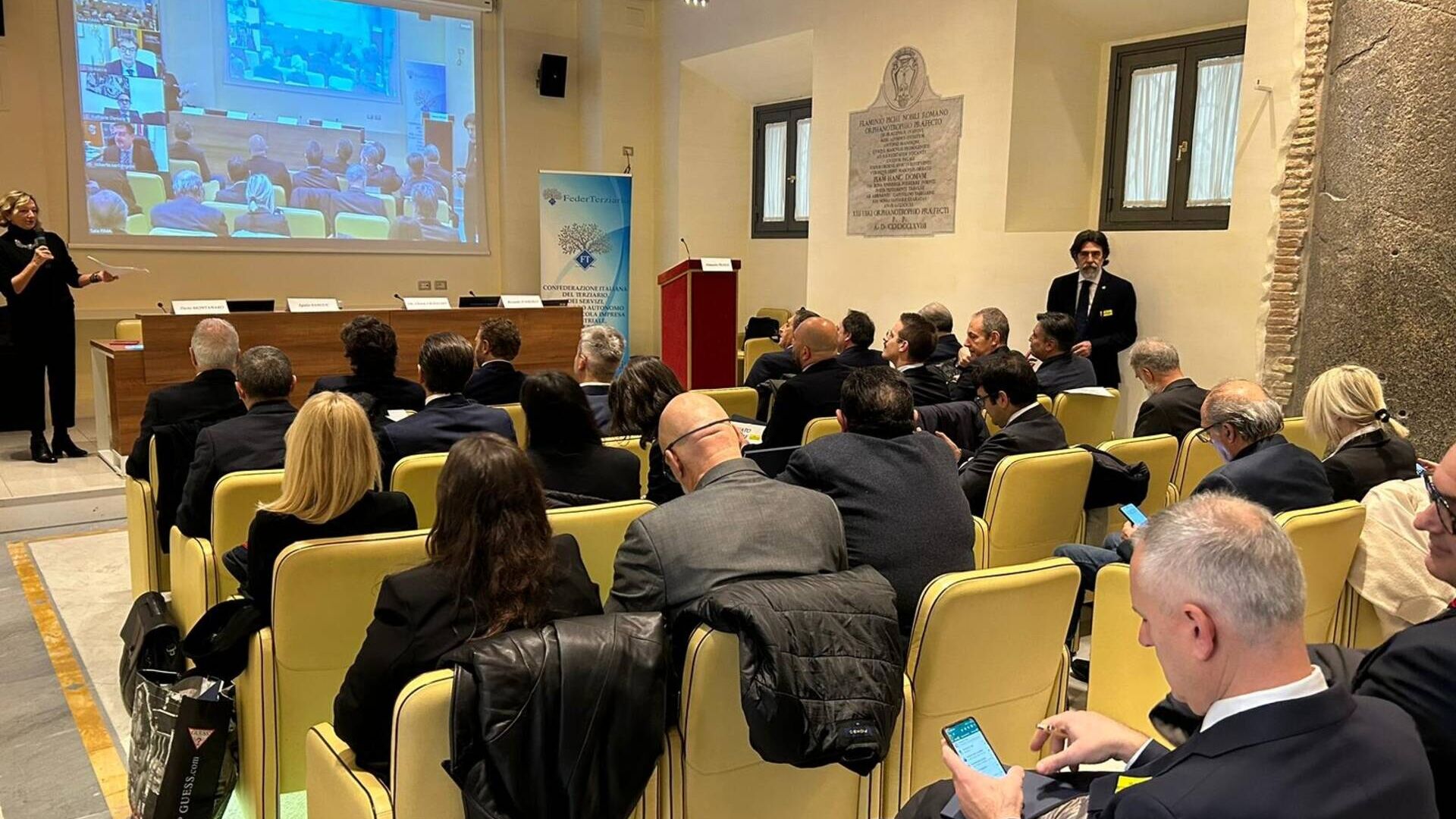That's why your newsletter ends up in spam
That's why your newsletter ends up in spam
Every time you cancel a newsletter without reading it, somewhere in the world a copyist lets himself die.
Let's stop this dripping: let's create an unforgettable email marketing campaign.
In last week's article we saw what is a newsletter and what are the tools to implement and manage it. This week we take a step back, attempting to give you an overview of theemail marketing and all those factors that must be taken into consideration when trying to design one effective newsletter campaign.
The average user who surfs the internet receives dozens of e-mails every day on all his e-mail addresses, is subscribed to at least a dozen newsletters and, in general, does not have the time or desire to read any of them. . Bombarded with information, messages and big promises, the modern user has a very low attention span, which over time will tend to get lower and lower. There are few things now that are really capable of attracting his attention. Is your newsletter able to do this?
How many times do we scroll through the mail we receive and don't even feel the desire to open yet another promotional message? We delete it directly, from the message list, and away we go. The email marketing campaign has as its first obstacle the user's tendency not to be interested in the promotional mail he receives.
The first goal of a newsletter specialist is to convince the user that under that captivating title hides a message that may interest him. This strange alchemy is called “Open Rates”, and identifies the opening rate of a newsletter. The second challenge then attaches to it: the "Click rate", where the user clicks on one of the links within the newsletter to learn more.
What drives a user to take a leap of faith so big that he can dedicate 10 seconds of his precious time to it, in an era where the individual attention span is at an all-time low? An excellent email marketing campaign.
From the creative mind to the SPAM folder
According to research by Senderbase.org, approximately 85% of emails sent each day end up in the SPAM folder without even notifying the recipient of its receipt. It can happen to important emails: let alone what can happen to a newsletter! This happens because many communication offices decide to purchase "profiled" email packages (ie those that reflect a target) with the intention of skipping the painful step of creating a list of sending addresses.
Let's cut the bull's head off and say it clearly: sending promotional messages to people who have not clearly indicated that they want to receive them FROM YOU is illegal. Before sending a Newsletter to someone, therefore, this person must have expressed the direct intent of wanting to keep up to date with your latest news.
If your newsletter ends up in spam, it is highly probable that it has encountered the security systems of the mail server or of the computer and, according to some not always reasonable algorithm, has been cataloged as rubbish. Don't worry: next time you'll do better. There are some online tools that allow you to filter the content of the email to help you understand if you are sending content that may encounter one of the automatic blocks. These systems are based on the verification of the percentage of images, the percentage of text, the presence of any "forbidden words", incorrect html or the presence of links to internationally blacklisted domains.
To find out if your newsletter ends up in the junk mail folder, you can use the reporting systems of Mailup, Mailchimp and all the sending tools we told you about last time. That way you should be able to figure out where you're going wrong.
The benefits of an email marketing campaign (done right)
Anyone with a large customer list (which is not a given anyway) will know how important it is to constantly cultivate it through a newsletter information service. In fact, sending a good promotional e-mail provides a series of advantages at virtually no cost:
- Customer loyalty: setting up a personalized, engaging and relevant newsletter offers a service that the interested customer will certainly appreciate, who will tend to address you as a direct interlocutor, choosing you over someone else
- 100% measurable activity: As we have already explained, every element of the newsletter can be verified, analyzed and measured. With the appropriate software you can understand if the newsletter has arrived, if it has been opened, if people have clicked on it or if instead they have decided to unsubscribe.
Email marketing is dead
Long live email marketing! Seriously, email marketing has never been more alive than in this period of social sharing and instant messaging. According to McKinsey, email marketing still is 40 times more effective than social networks and offers a 17% higher conversion rate. Instead, according to the Direct Marketing Association, newsletters have a ROI (return of investment) of 4.3%: every euro spent on email marketing offers a return of almost 44. These are crazy numbers that can go to your head, but let's be careful: every day, as mentioned above, users receive dozens of emails at any time of day or night, in a constant flow that sometimes they choose to ignore altogether.
A good email marketing campaign must therefore be able to emerge from the flood of dubious quality digital information, standing out for its usefulness, effectiveness of the message and originality. To do this, you need to implement two fundamental concepts, which you will have to be able to blend into a unique formula, yours alone, thanks to the talent of a copywriter who can identify your tone of voice.
First rule: useful content
An email marketing campaign is not based directly on advertising products and services, but works to develop fresh, effective and free content to be provided to an interested user. The creation of freebies is the basis of an email marketing campaign that knows where it wants to go. There is no general rule as to what topics to cover in a newsletter, but it is highly recommended to refer to hot topics in your area of interest, offering for example decisive answers to frequently asked questions. In this way we make the newsletter the vehicle of a concrete, solid value that the user will not fail to identify and, in some cases, eagerly await.
Do ut des: the informative newsletter provides a free service, with clear, defined and valuable information so that the user can recognize the quality of the service and, when asked for something, feel involved enough to interact or respond.
Second rule: build trust
Value is one of the most important tools for establish a relationship of trust with the customer. Within the list of users of a newsletter there are highly profiled names who are probably interested in our product, but it is said that they are not ready to make a purchase with us.
What we shouldn't underestimate is the relationship we build with them through emails. Their goal is to nurture the customer, and our relationship with them, until they're willing to open their wallet (and beyond!). It is a slow process, which sometimes takes months or years, but which if carried out diligently and seriously can give great satisfaction.
You may also be interested in:
Young people and cryptocurrencies: how to find out more about Bitcoin…
Introducing kids to digital currencies and Blockchain can be an exciting endeavor, given their affinity for technology and innovation
“The patient at the centre”: a great hope and a meeting in the Senate
The topic of the importance of innovation in medical devices for European healthcare will be explored on 15 May in Rome by experts and politicians
by Alberto NicoliniEditor of districtbiomedicale.it, BioMed News and Radio Pico
Four countries, one gigantic ocean: the CMAR case
It is the marine corridor of the eastern tropical Pacific: Panama, Ecuador, Colombia and Costa Rica allied for the protection of seas and marine species...
Lausanne, on the trail of pollution: the story of an incinerator
A team of scientists has reconstructed the events of the Vallon waste-to-energy plant and the invisible contamination that shocked the Canton of Vaud




